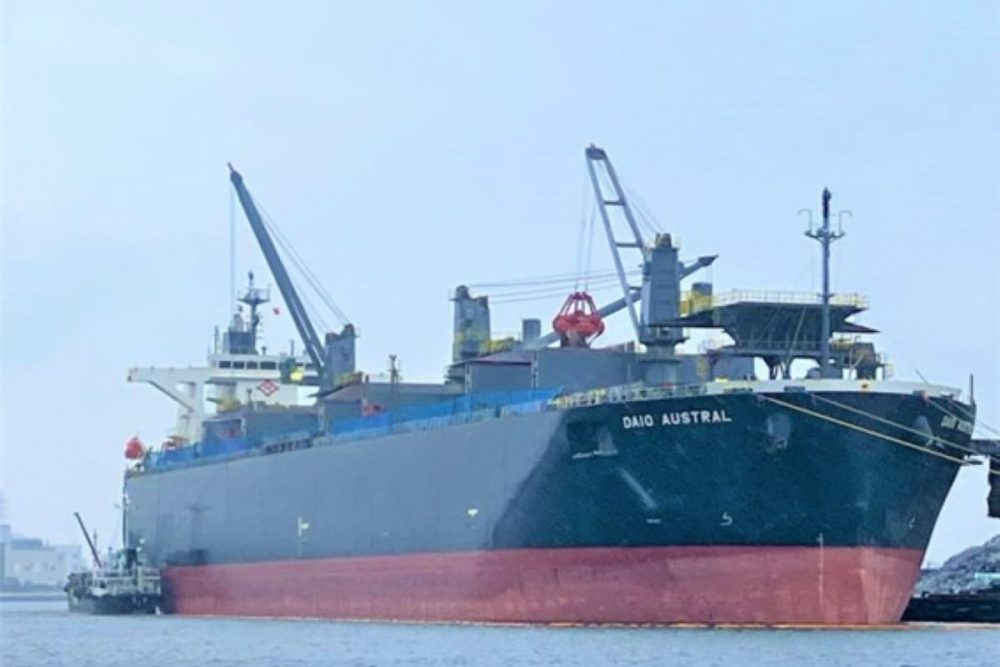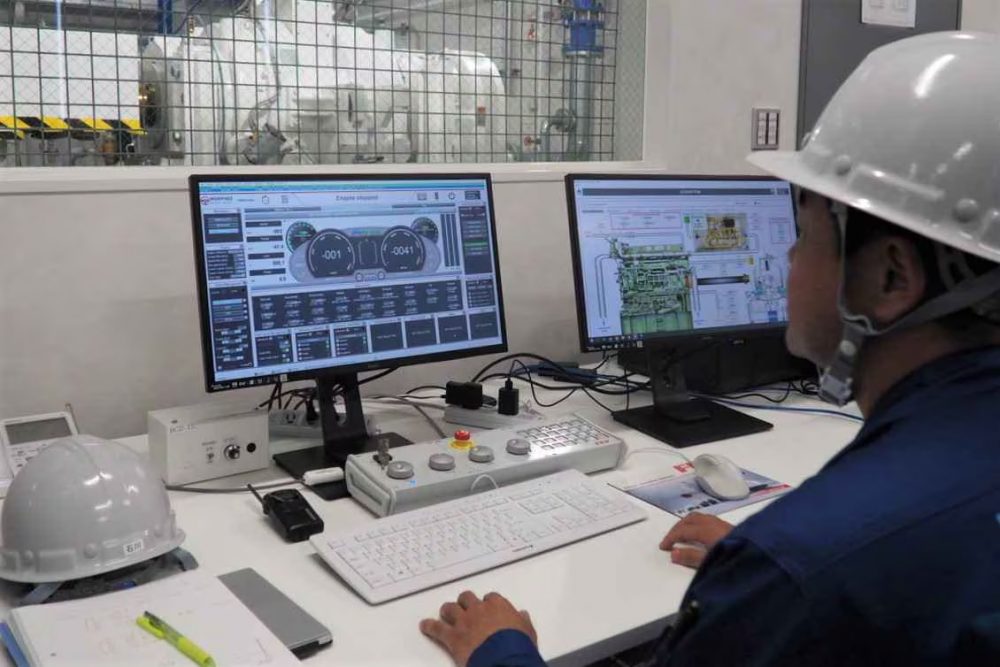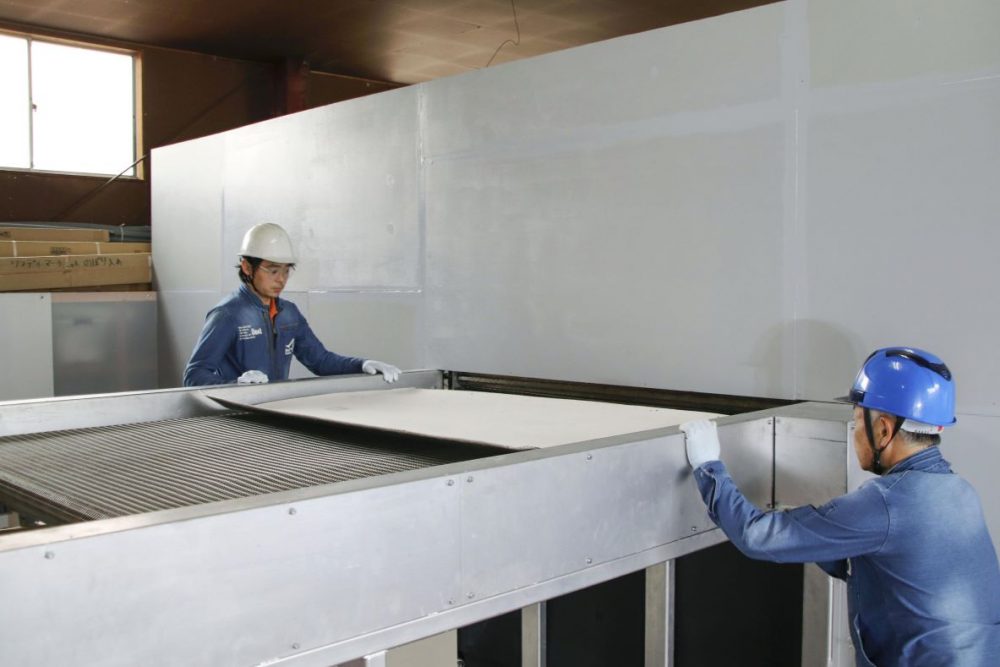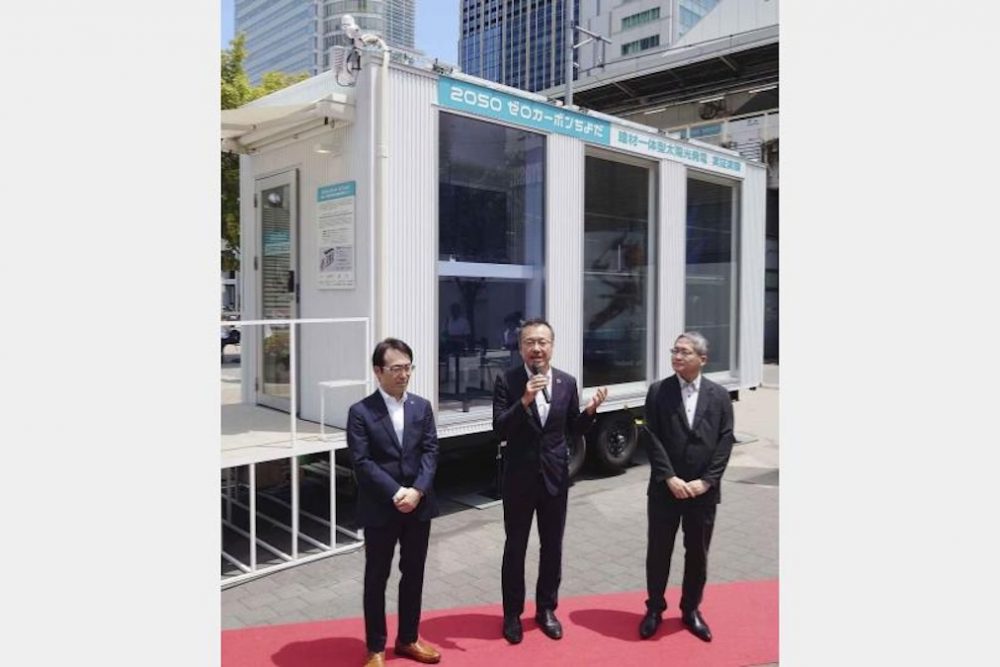Synthetic Methane: A Promising Path for Decarbonization and Energy Security
City gas companies are testing synthetic methane technologies and advancing plans to import synthetic methane toward transitioning away from fossil fuels.
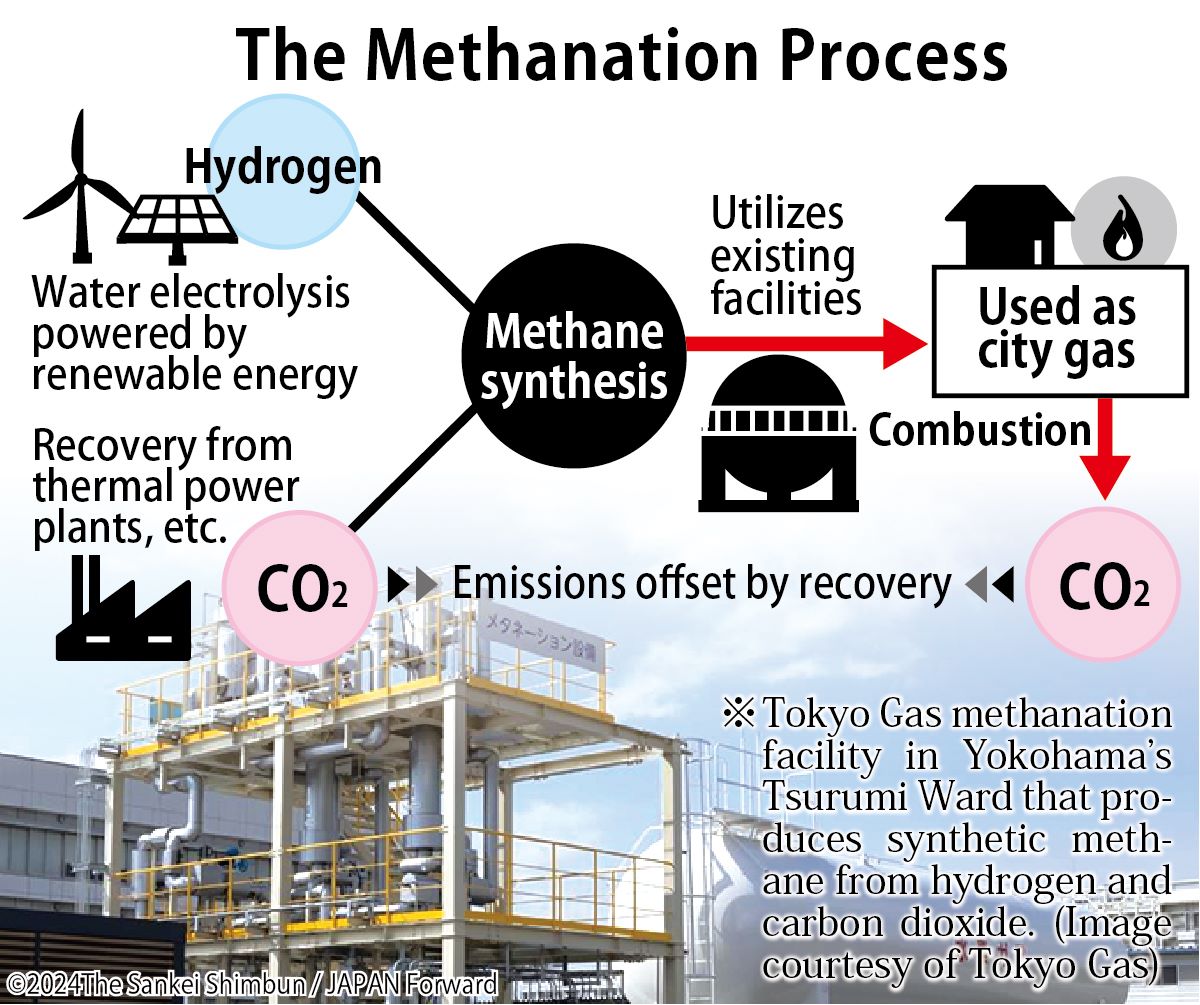
このページを 日本語 で読む
The outcome document of the COP28 UN Climate Change Conference in Dubai, United Arab Emirates (UAE) in late 2023, emphasized the imperative to accelerate the "transition away" from fossil fuels. This marks the first explicit call for overall restraint on fossil fuels in COP outcome documents — a development deemed by some as "historic."
However, the practical challenges associated with shifting away from fossil fuels remain formidable. Immediate considerations involve expanding the use of renewable energy that does not emit greenhouse gasses like carbon dioxide (CO2) during power generation or leveraging nuclear power.
Yet, many decarbonization technologies require substantial new investments. Addressing the demand for high-temperature heat from industries, such as smelting furnaces, poses challenges that cannot be resolved through electrification alone.
City Gas Solutions
Against this backdrop, the city gas industry is taking on the challenge of developing technologies. Ones are needed that not only utilize existing infrastructure, reducing the need for new investments, but also address the demand for high-temperature heat in various industries.

One such solution is methanation. Methanation is a process for synthesizing methane from hydrogen, which emits no CO2 when burned, and CO2 captured from thermal power plants and other sources.
Liquefied natural gas (LNG) imported from overseas is the raw material for city gas. LNG contains roughly 90% methane. While burning synthesized methane does release CO2, emissions can be offset by recovery of CO2. When using hydrogen produced through water electrolysis powered by renewable energy, emissions are essentially considered zero.
Kei Ogasawara, involved in technology development at Tokyo Gas, points out, "This technology is crucial to decarbonize heat demand."
Similar to Conventional City Gas
Tokyo Gas has introduced a methanation facility at its location in Tsurumi Ward, Yokohama. Trials have been underway since March 2022. The outdoor installations are notably quiet, allowing for normal conversation in close proximity. Only a clicking sound emanating from the pipes is attributed to solenoid valves adjusting the flow of hydrogen and CO2.
The facility has the capacity to generate methane equivalent to the daily city gas consumption of 260 households. Synthetic methane, when ignited on a gas stove, closely resembles and behaves like flames from conventional city gas.
"The components are very similar, so existing gas appliances can be used without modifications," notes Ogasawara. Tankers, storage tanks designed for LNG, and city gas piping can also be repurposed.
Overcoming High Costs
The challenge lies in production costs. In particular, the manufacture of hydrogen is high cost, currently several times that of LNG.
To address this challenge, Tokyo Gas is advancing a project to import from the United States, where renewable energy costs are lower compared to Japan. This collaborative project involves Osaka Gas, Toho Gas, and Mitsubishi Corporation. It aims to import synthetic methane by 2030 equivalent to 1% of the combined demand of the three city gas companies.
Industry-wide, the objective is to replace 90% of city gas supply with synthetic methane by 2050. Further cost reductions are needed to achieve this goal. Ongoing efforts are dedicated to advancing next-generation technologies for synthesizing methane at even lower costs. One notable initiative in this direction is Osaka Gas’s exploration of SOEC methanation.
This technology utilizes the Solid Oxide Electrolysis Cell (SOEC) instead of reacting hydrogen from water electrolysis with CO2. It simultaneously electrolyzes water and CO2 at high temperature, enabling the direct synthesis of methane from water. The effective use of the waste heat generated during methane synthesis significantly enhances energy efficiency.
Yosuke Kuwahara, Director of the Carbon Neutral Promotion Office at Osaka Gas, expresses optimism. "By 2050, we could potentially reduce the cost of synthetic methane to that of natural gas [before the Ukrainian crisis]," he states.
Another Hurdle: International Regulations
Establishing international regulations for importing synthetic methane poses another significant challenge. An ongoing concern revolves around whether achievements in CO2 capture should be credited to the exporting or importing nation. If attributed to the exporting country that produces synthetic methane, the importance of Japanese city gas companies importing it from overseas is diminished.
Takahiro Noguchi at the Japan Gas Association emphasizes, "Formulating international rules represents the most challenging obstacle."
The development of regulations will require consensus from numerous countries and is a time-consuming process. Consequently, the project led by three city gas companies is moving forward on initial discussions with participating US companies on a private sector basis. The project hopes that a preliminary agreement can be reached between Japan and the US based on bilateral negotiations.
Local Production for Local Consumption
Japan heavily relies on LNG, most of which is imported from overseas. Improving technologies and reducing the cost of synthetic methane contribute not only to decarbonization, but would also pave the way for a "local production for local consumption" strategy within Japan.
In light of the global consensus to accelerate the transition away from fossil fuels, we must further advance technological development to achieve a balance between decarbonization and energy security. If brought to fruition, this technology would strengthen our energy procurement network. For resource-limited Japan, this is a path we should pursue.
このページを 日本語 で読む






